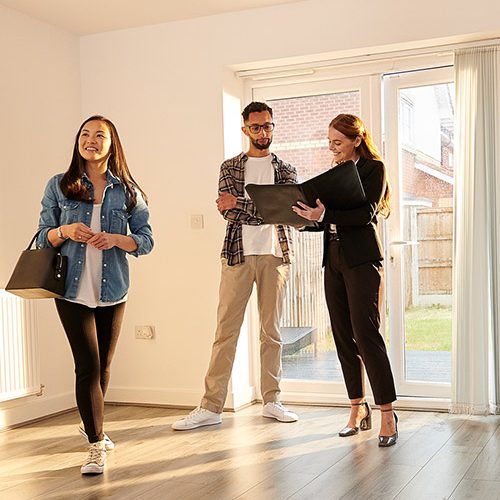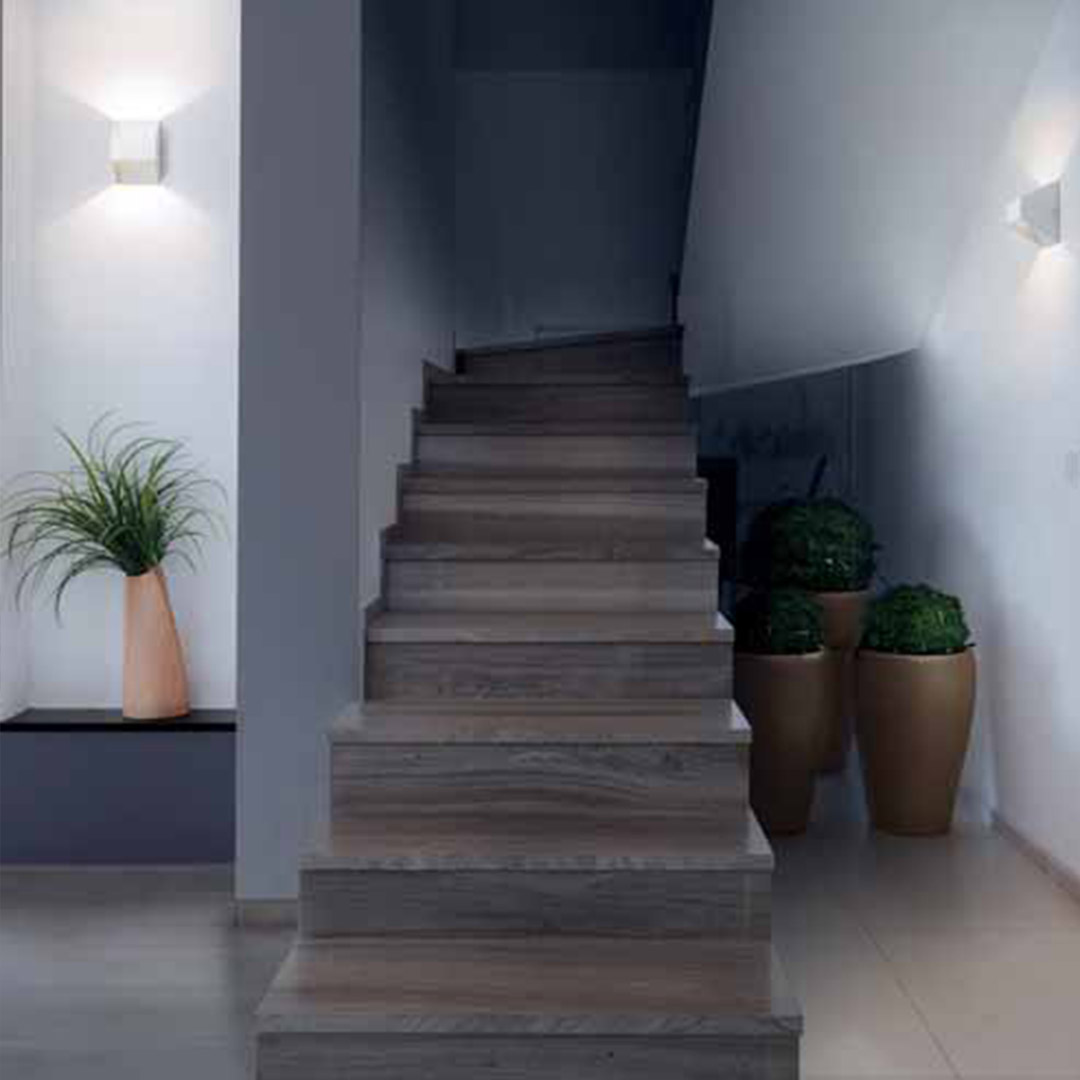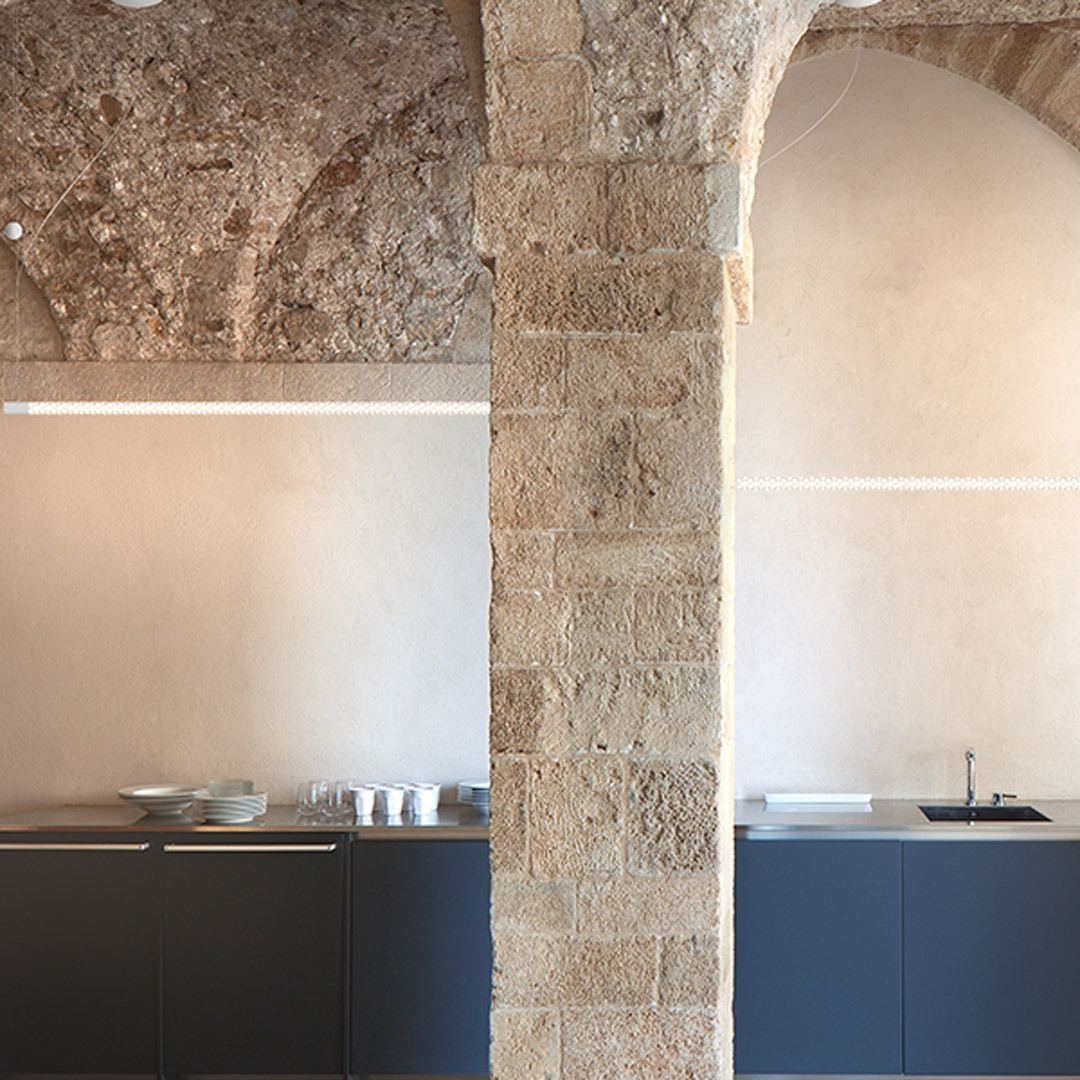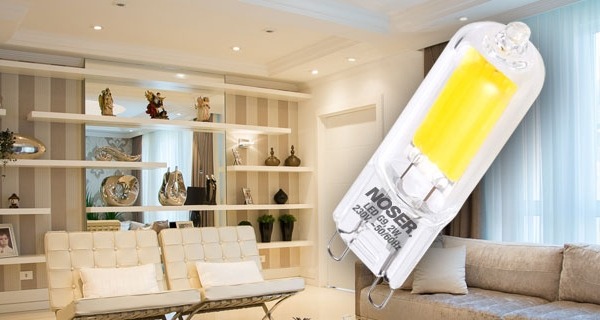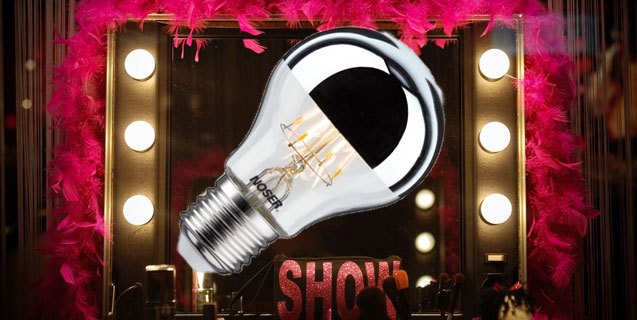
11 Feb Tips for private lighting planning
Eating, reading, watching TV, working or relaxing – the example of the living room shows that lighting has to meet many needs. It is therefore obvious that a single luminaire cannot conjure up a mood – and a single luminaire cannot meet the many different lighting requirements. Each room should be equipped with its own lighting concept corresponding to its function.
Light structures rooms
Lighting structures rooms and directs the viewer’s attention. Lighting design therefore always begins with the questions: How much light is needed? For which purpose? In which place? Once these questions have been answered, suitable luminaires and systems are selected depending on the lighting task.
In the individual room zones, the light is used for basic or accent lighting, serves orientation and emphasises beautiful details of the architecture. The basic requirement for good visual performance is always good lighting quality with as little glare as possible. Good light therefore depends not only on the design of the chosen luminaire, but also on its placement in the room and the desired amount of light.
Illumination has three functions:
Good lighting takes different room zones into account and fulfils three main tasks:
Basic lighting, also called general lighting or “room lighting” in interiors, is used for orientation.
Zone lighting (also called place lighting) illuminates individual areas.
The mood light sets highlights and accents.
Basic or General lighting
Outside, it shows the way to the house, inside the house it illuminates stairs and corridors and provides light for the entire living space. The basic lighting is therefore mainly for orientation and basic illumination. Here, it is best to choose luminaires that either direct their light upwards towards the ceiling or distribute it evenly to all sides. Dimmable light is ideal, it can be regulated according to need – from cosy cuddly light to bright cleaning or working light.
Dimmable basic lighting is also used to compensate for strong differences in brightness. Compensating for differences in brightness protects the eyes from fatigue, e.g. when watching television or reading, and at the same time provides a comfortable atmosphere
Zone light – the light for the eye
Zone lighting (also called place lighting) brings light to where it is needed for visual tasks. Zone lighting focuses on specific activities and functions, such as light for the dining table, in the kitchen, the private workplace or for the reading corner.
That is why the place lighting is implemented with directional, accentuating light. For example, spots that direct their light downwards or onto the wall are suitable, or the classic: a pendant luminaire at the dining table.
Atmosphere with mood lighting
For the room atmosphere, mood lighting is the magic ingredient. It stages the room, bathes entire walls in soft colours and puts pictures in the right light. Mood lights also glimmer as recessed lights from the floor or glow softly from table lights on the dresser, for example.




